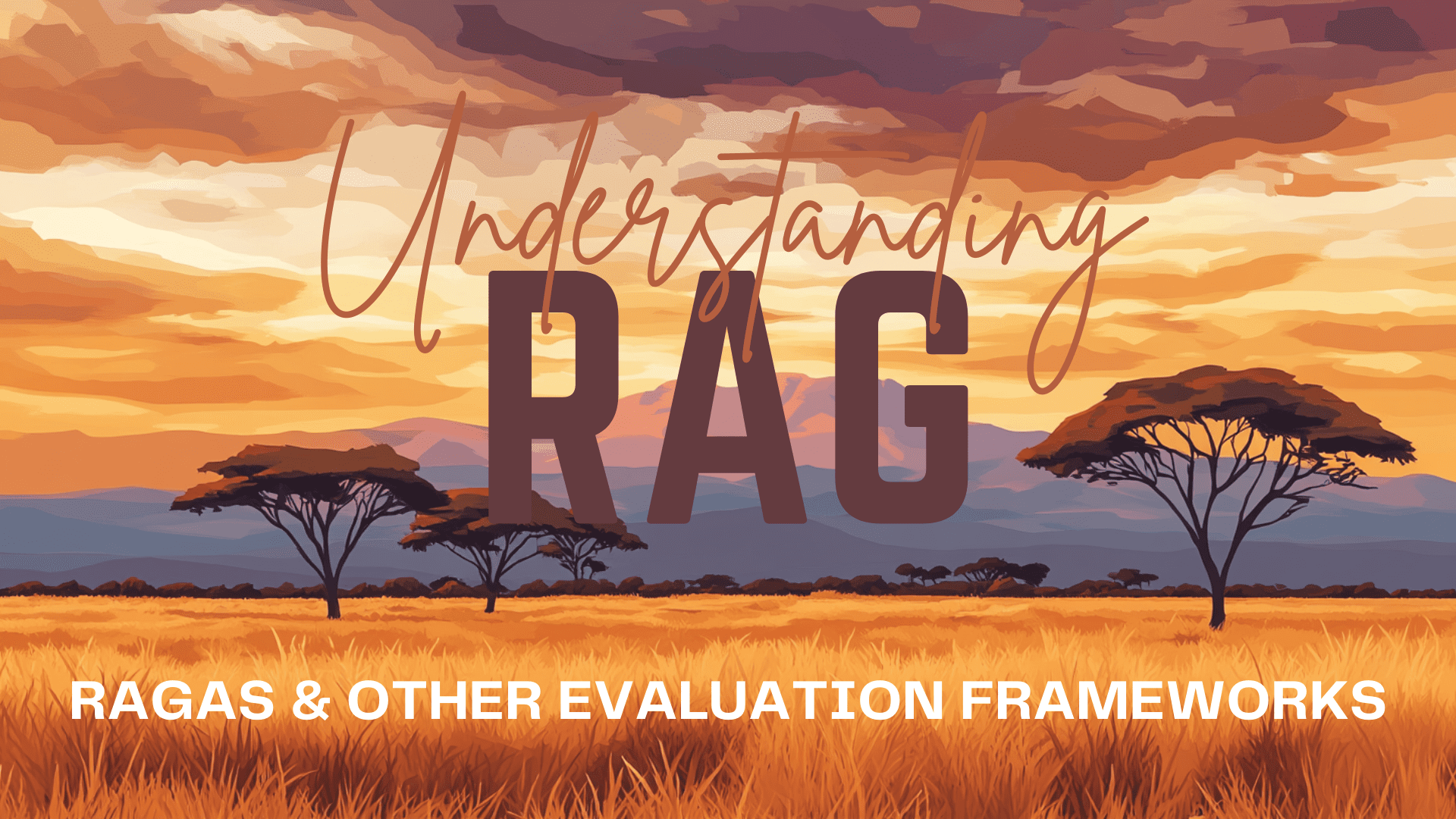802. Find Eventual Safe States
802. Find Eventual Safe States Difficulty: Medium Topics: Depth-First Search, Breadth-First Search, Graph, Topological Sort There is a directed graph of n nodes with each node labeled from 0 to n - 1. The graph is represented by a 0-indexed 2D integer array graph where graph[i] is an integer array of nodes adjacent to node i, meaning there is an edge from node i to each node in graph[i]. A node is a terminal node if there are no outgoing edges. A node is a safe node if every possible path starting from that node leads to a terminal node (or another safe node). Return an array containing all the safe nodes of the graph. The answer should be sorted in ascending order. Example 1: Input: graph = [[1,2],[2,3],[5],[0],[5],[],[]] Output: [2,4,5,6] Explanation: The given graph is shown above. Nodes 5 and 6 are terminal nodes as there are no outgoing edges from either of them. Every path starting at nodes 2, 4, 5, and 6 all lead to either node 5 or 6. Example 2: Input: graph = [[1,2,3,4],[1,2],[3,4],[0,4],[]] Output: [4] Explanation: Only node 4 is a terminal node, and every path starting at node 4 leads to node 4. Constraints: n == graph.length 1

802. Find Eventual Safe States
Difficulty: Medium
Topics: Depth-First Search, Breadth-First Search, Graph, Topological Sort
There is a directed graph of n nodes with each node labeled from 0 to n - 1. The graph is represented by a 0-indexed 2D integer array graph where graph[i] is an integer array of nodes adjacent to node i, meaning there is an edge from node i to each node in graph[i].
A node is a terminal node if there are no outgoing edges. A node is a safe node if every possible path starting from that node leads to a terminal node (or another safe node).
Return an array containing all the safe nodes of the graph. The answer should be sorted in ascending order.
Example 1:
- Input: graph = [[1,2],[2,3],[5],[0],[5],[],[]]
- Output: [2,4,5,6]
- Explanation: The given graph is shown above. Nodes 5 and 6 are terminal nodes as there are no outgoing edges from either of them. Every path starting at nodes 2, 4, 5, and 6 all lead to either node 5 or 6.
Example 2:
- Input: graph = [[1,2,3,4],[1,2],[3,4],[0,4],[]]
- Output: [4]
- Explanation: Only node 4 is a terminal node, and every path starting at node 4 leads to node 4.
Constraints:
n == graph.length1 <= n <= 1040 <= graph[i].length <= n0 <= graph[i][j] <= n - 1-
graph[i]is sorted in a strictly increasing order. - The graph may contain self-loops.
- The number of edges in the graph will be in the range
[1, 4 * 104].
Solution:
We need to identify all the safe nodes in the graph. This involves checking if starting from a given node, every path eventually reaches a terminal node or another safe node. The solution uses Depth-First Search (DFS) to detect cycles and classify nodes as safe or unsafe.
Key Insights:
- Terminal Nodes: A node with no outgoing edges is a terminal node.
- Safe Nodes: A node is safe if, starting from that node, all paths eventually lead to terminal nodes or other safe nodes.
- Cycle Detection: If a node is part of a cycle, it's not a safe node because paths starting from it won't lead to terminal nodes.
Approach:
- We use DFS to explore each node and determine if it’s part of a cycle. Nodes that are part of cycles or lead to cycles are marked unsafe.
- Nodes that eventually lead to terminal nodes or other safe nodes are marked safe.
We use a visited array with three states:
-
0: The node has not been visited yet. -
1: The node is currently being visited (i.e., in the recursion stack). -
2: The node has been fully processed and is safe.
Steps:
- Perform DFS for each node.
- Use the visited states to mark safe/unsafe nodes.
- Collect all the nodes that are safe.
Let's implement this solution in PHP: 802. Find Eventual Safe States
/**
* @param Integer[][] $graph
* @return Integer[]
*/
function eventualSafeNodes($graph) {
...
...
...
/**
* go to ./solution.php
*/
}
/**
* DFS helper function
*
* @param $node
* @param $graph
* @param $visited
* @return int|mixed
*/
function dfs($node, $graph, &$visited) {
...
...
...
/**
* go to ./solution.php
*/
}
// Example usage:
$graph1 = [[1,2],[2,3],[5],[0],[5],[],[]];
$graph2 = [[1,2,3,4],[1,2],[3,4],[0,4],[]];
print_r(eventualSafeNodes($graph1)) . "\n"; // Output: [2,4,5,6]
print_r(eventualSafeNodes($graph2)) . "\n"; // Output: [4]
?>
Explanation:
-
DFS Function:
- The
dfsfunction performs a depth-first search on the node, marking it as "visiting" (1) when it starts and "safe" (2) when all its neighbors are safe. - If any of its neighbors leads to a cycle (indicated by
dfs($neighbor) == 1), the node is marked unsafe (1). - If all neighbors lead to terminal nodes or safe nodes, it is marked as safe (2).
- The
-
Main Function:
- We iterate through all the nodes and use DFS to check whether each node is safe or not.
- All safe nodes are collected in the
$safeNodesarray and returned.
Example Walkthrough:
Example 1:
$graph = [[1,2],[2,3],[5],[0],[5],[],[]];
print_r(eventualSafeNodes($graph));
- In this example, nodes 5 and 6 are terminal nodes (no outgoing edges).
- Node 4 leads to node 5, so it is also safe.
- Node 2 leads to node 5, so it is safe.
- Nodes 1 and 0 eventually lead to a cycle or unsafe nodes, so they are not safe.
Output:
[2, 4, 5, 6]
Example 2:
$graph = [[1,2,3,4],[1,2],[3,4],[0,4],[]];
print_r(eventualSafeNodes($graph));
- In this example, only node 4 is a terminal node, and all paths starting from node 4 lead to node 4.
- All other nodes eventually lead to cycles or unsafe nodes.
Output:
[4]
Time and Space Complexity:
- Time Complexity: O(n + e), where n is the number of nodes and e is the number of edges. We visit each node once and process each edge once.
-
Space Complexity: O(n) for the
visitedarray and recursion stack.
This solution efficiently determines the safe nodes using DFS, ensuring that the problem constraints are met.
Contact Links
If you found this series helpful, please consider giving the repository a star on GitHub or sharing the post on your favorite social networks
What's Your Reaction?
































.png?width=1920&height=1920&fit=bounds&quality=80&format=jpg&auto=webp#)


















































